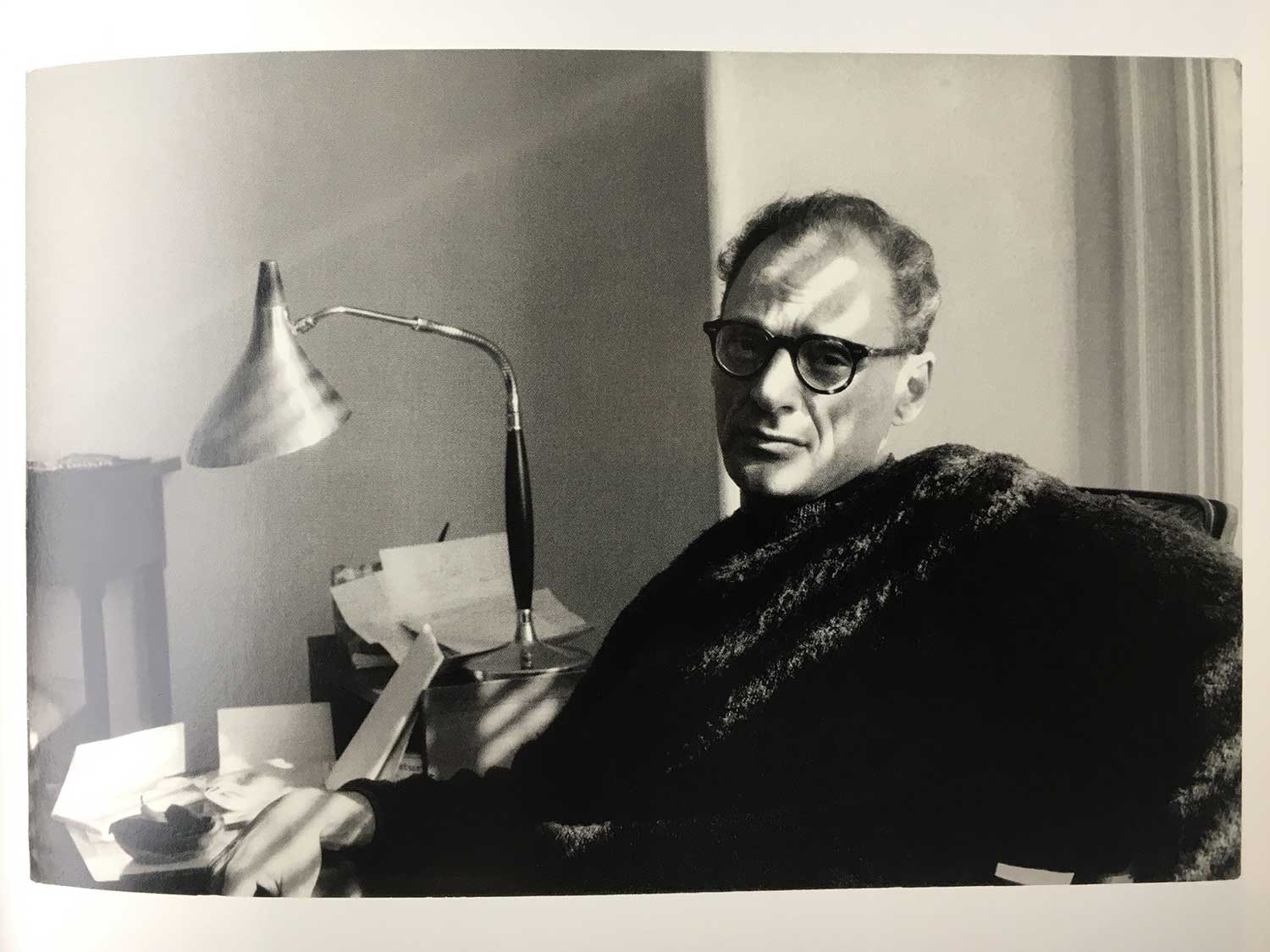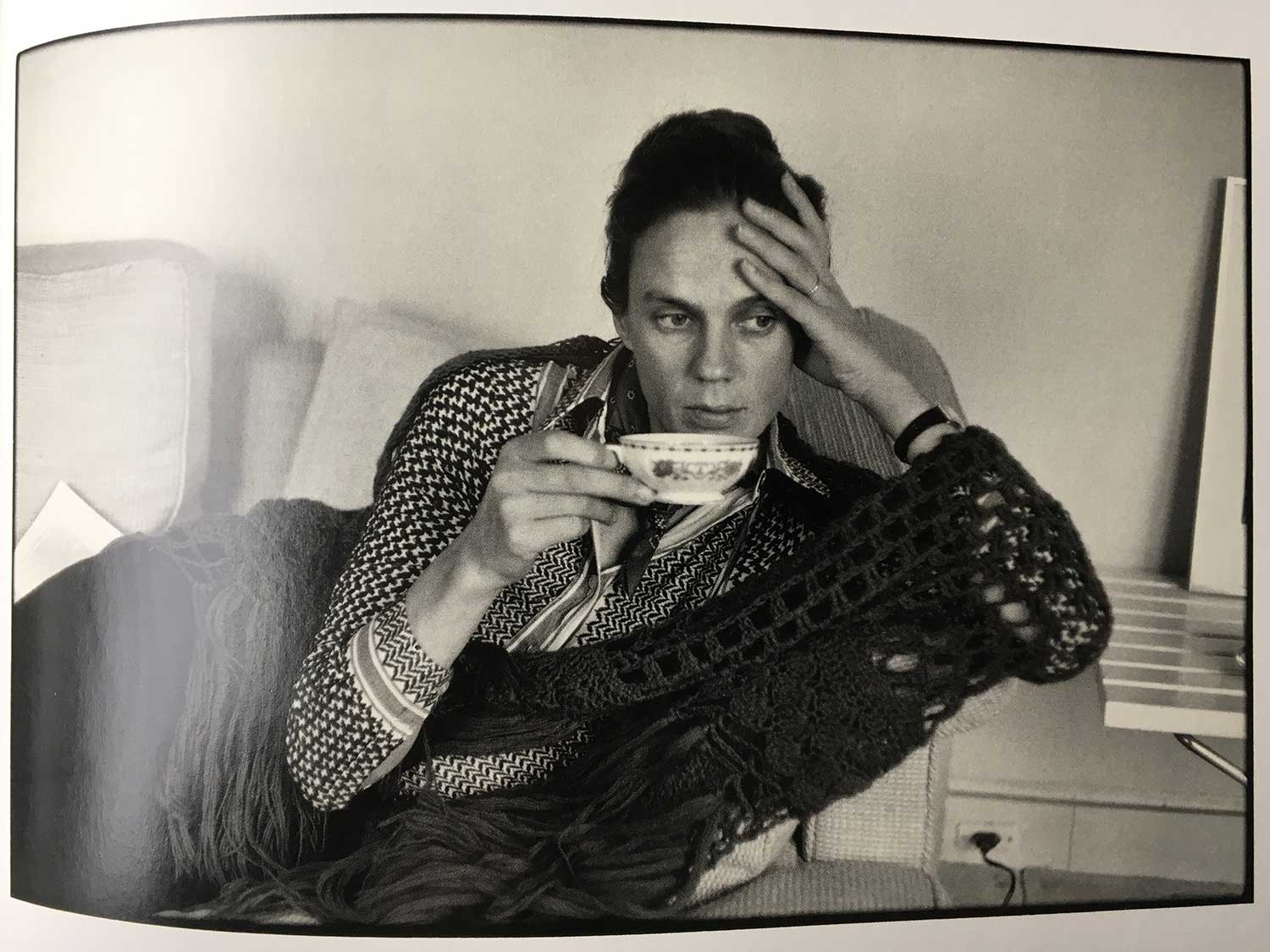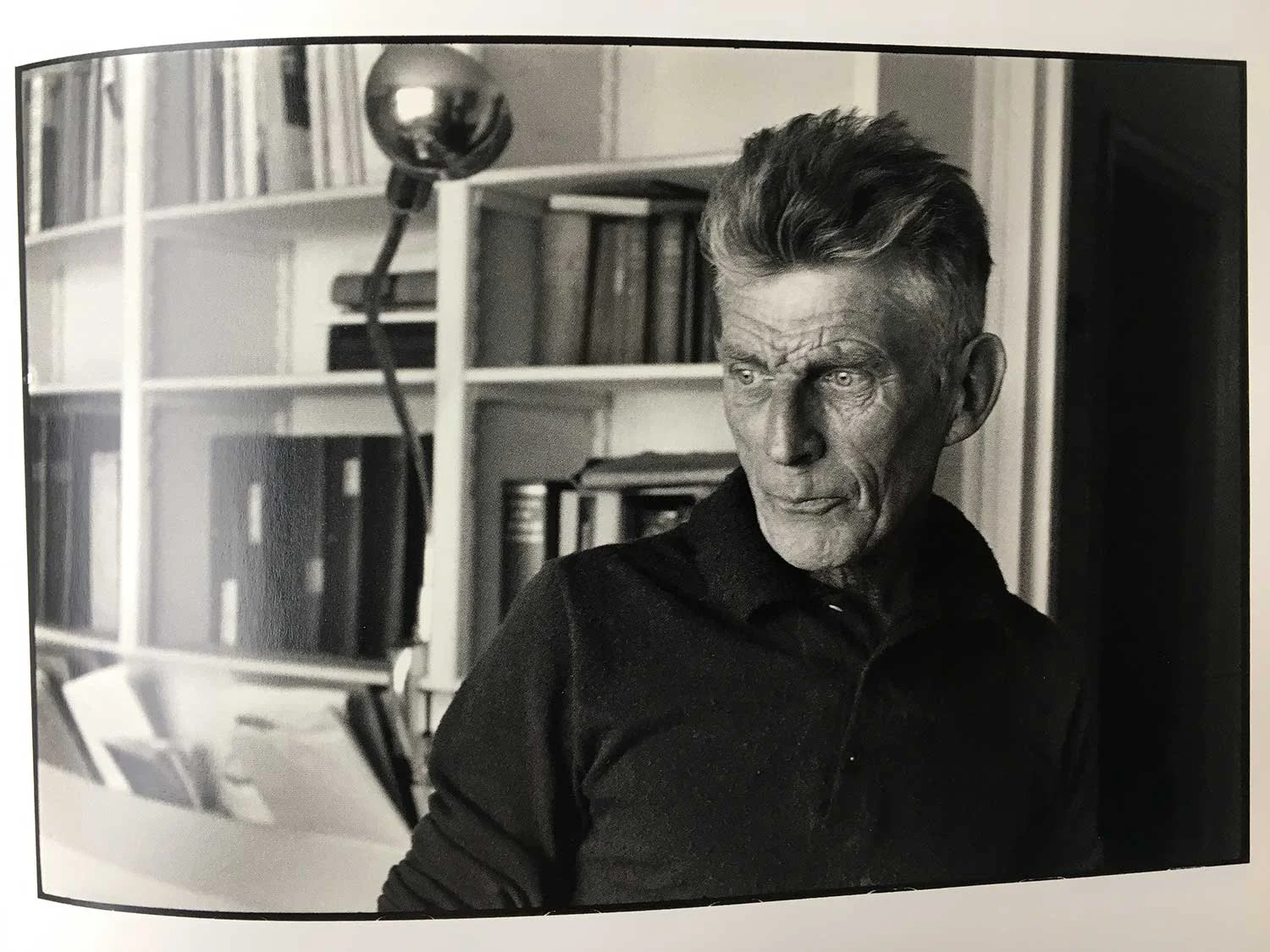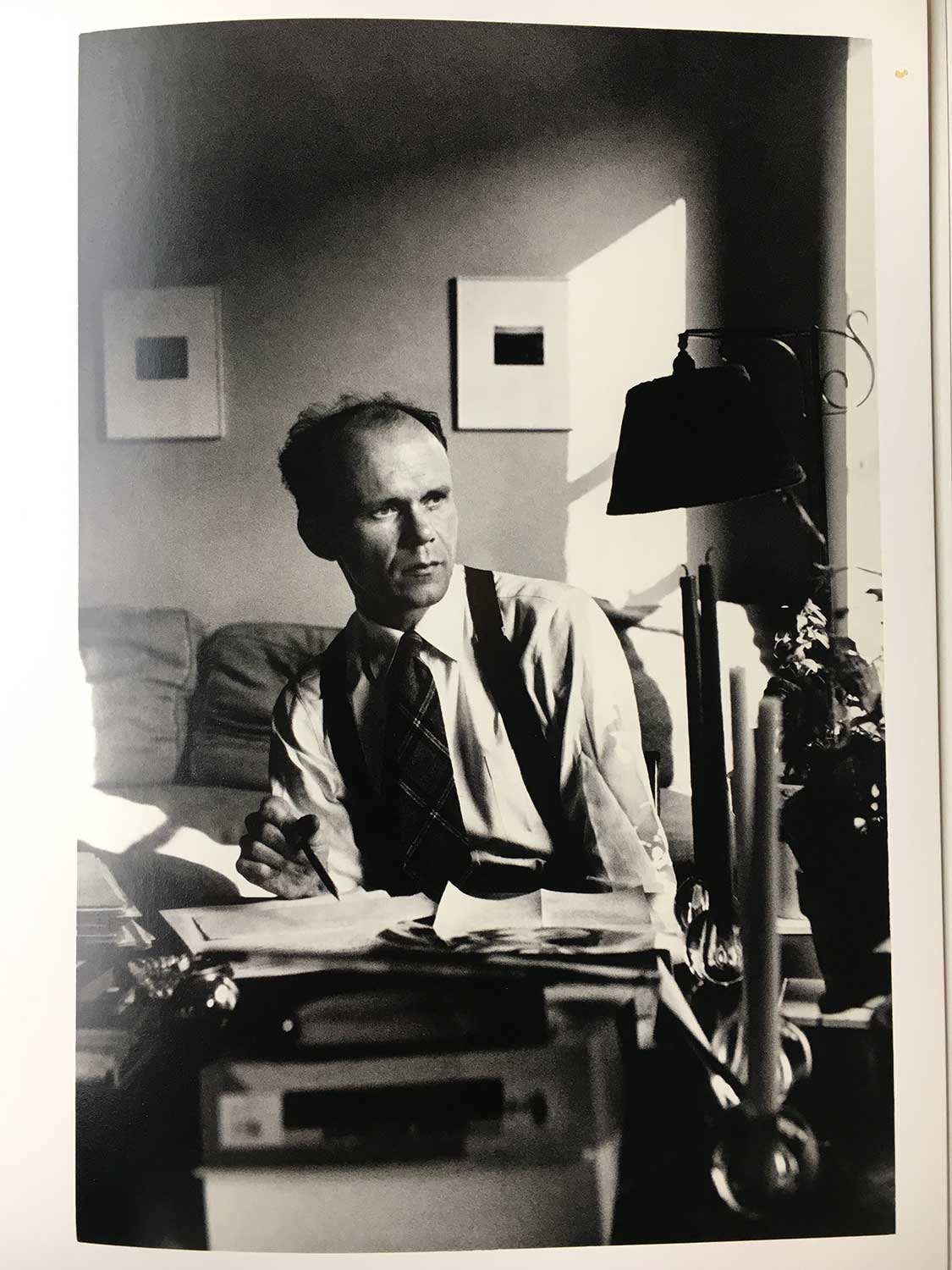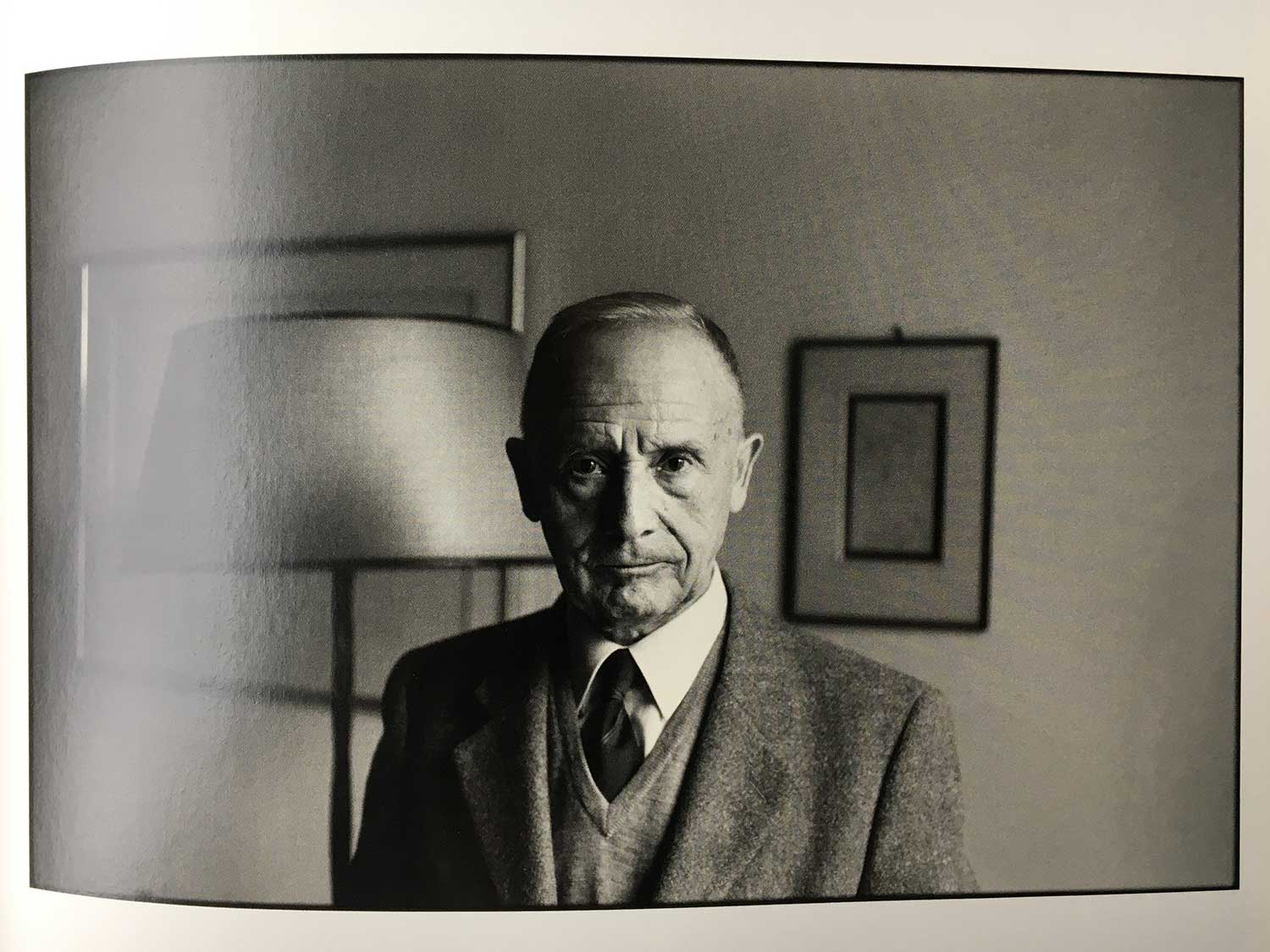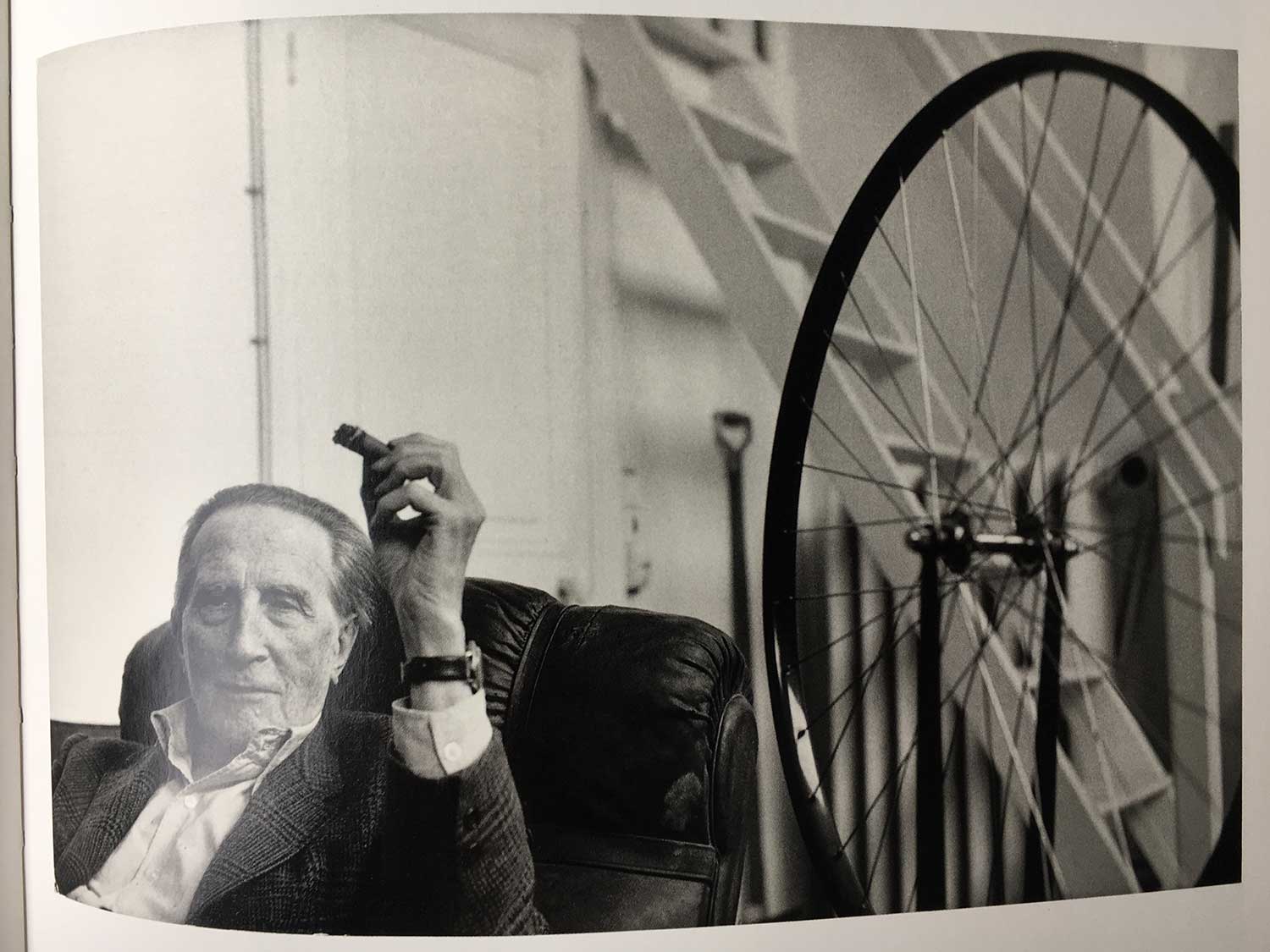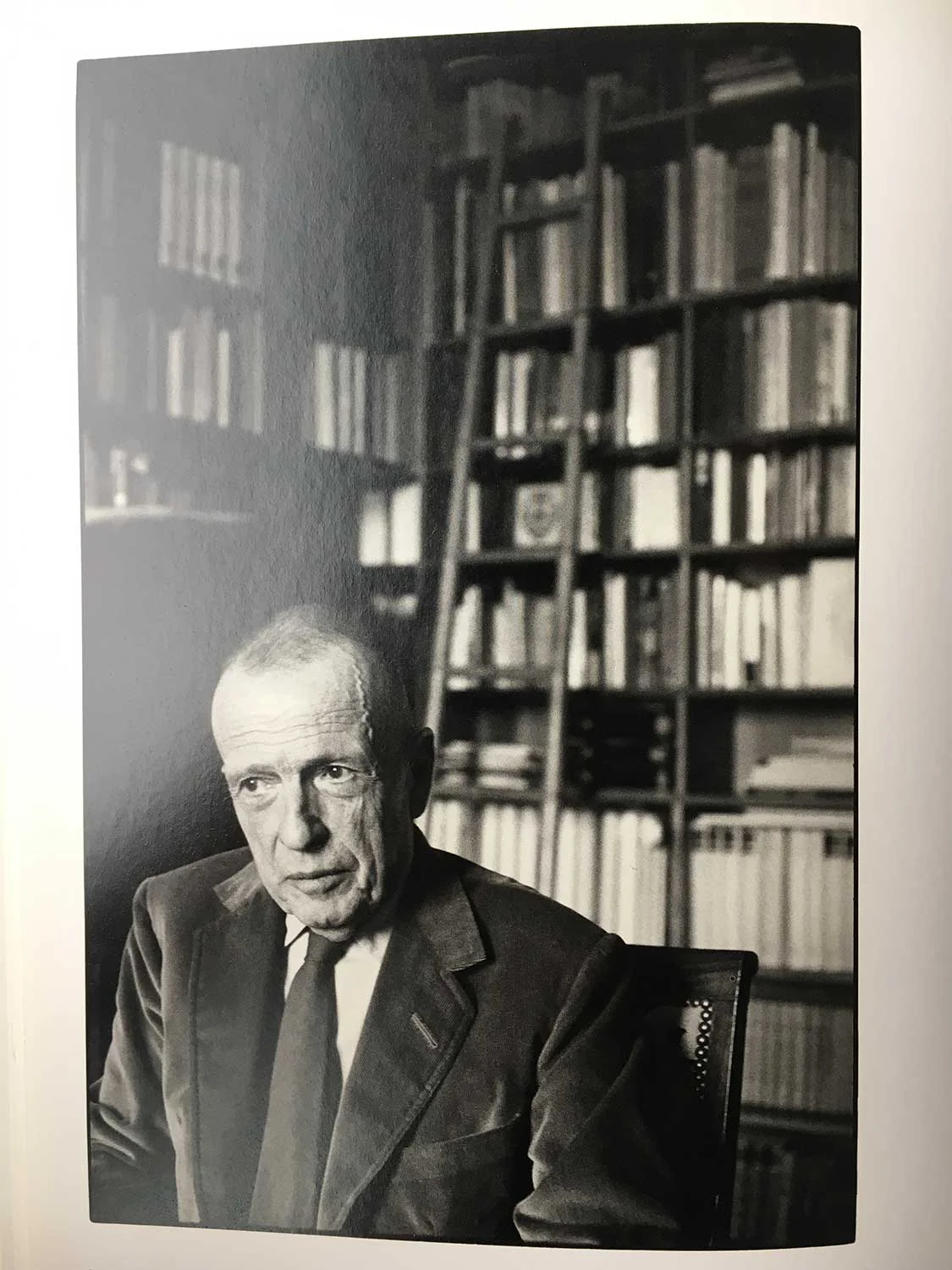Seems more often than not I'm late to the game, but still happy to be here. I'm assuming that every proper photography student knows who Henri Cartier-Bresson is. If not – especially the cool kids shooting street stuff and portraits – they should be doing something else.
I've talked about it before, but I've been spending a dumb amount of time this past year or so digging through the photography and fine arts sections in public and university libraries. I figure studying the work of others I respect and admire will hopefully seep into the work I'm doing. Cartier-Bresson has easily become one of my favorites and this week I picked up "An Inner Silence: The Portraits of Henri Cartier-Bresson."
As a cinematographer, I'm always approaching composition in how it would fit a wider aspect ratio vs. being able to shoot still photos in a taller portrait. Obviously there are visual ideas better suited to a taller frame, but I'm still interested in how they can be used in a widescreen, 2:1, or 16:9 image. I'm not here to write a dissertation on composition, but no question Cartier-Bresson's work is something to study.

